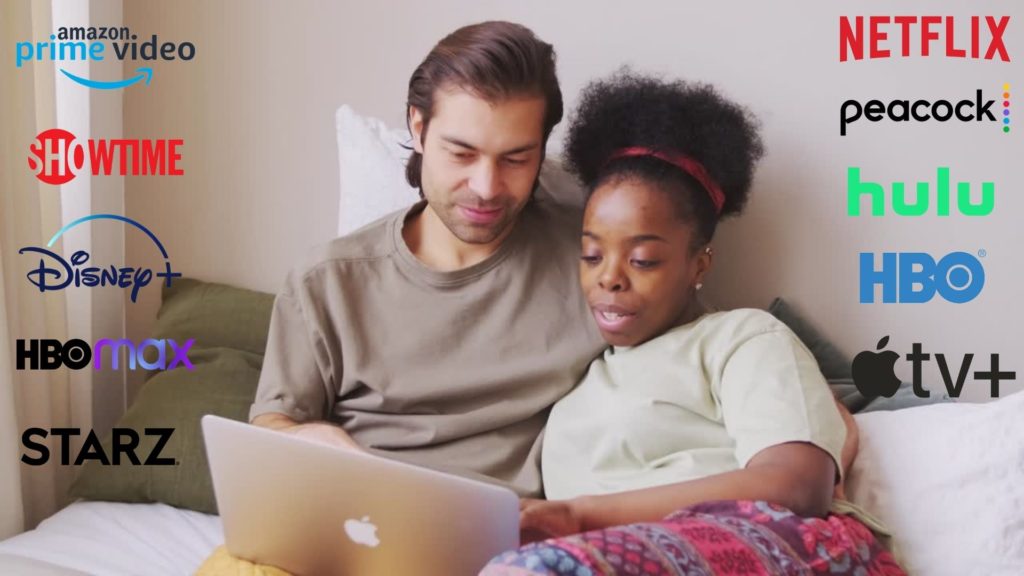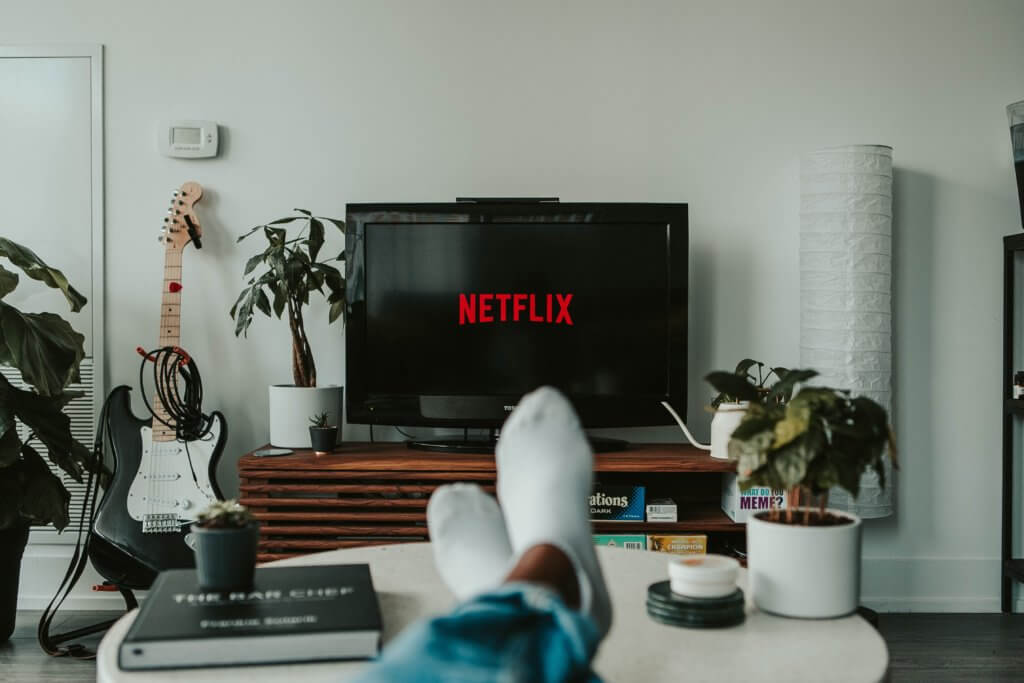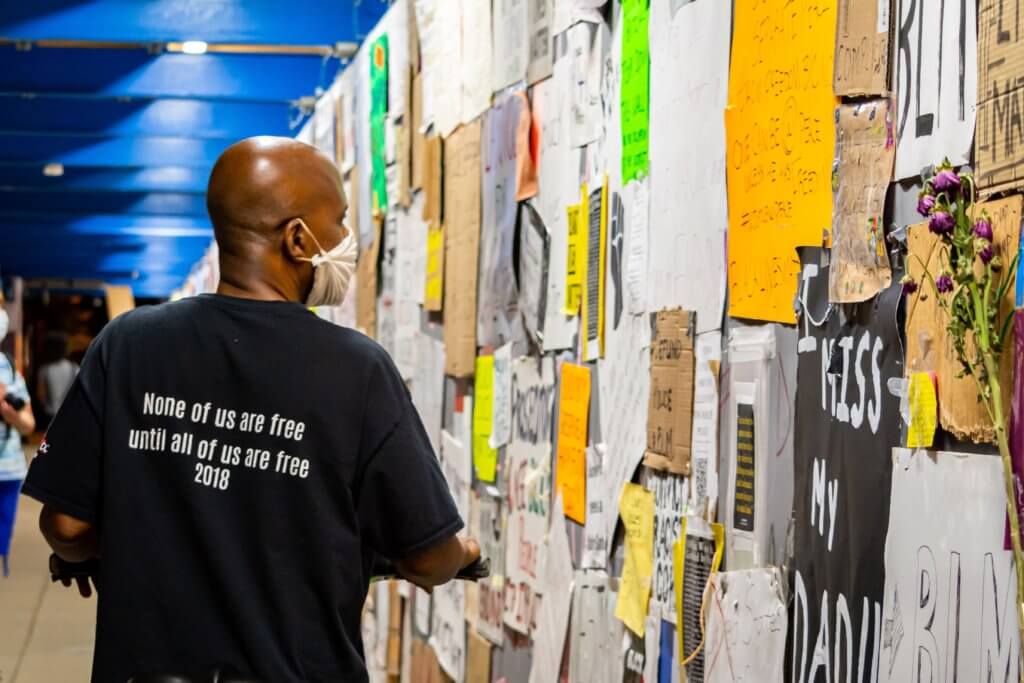6 Insights You Need To Know About Streaming Brands On Social Media

TikTok has become the social network generating the most engagement for streaming brands in 2021. Streaming services may hold viewership numbers as a closely guarded secret, but when it comes to understanding performance on social media, ListenFirst has an objective view of which streaming brands are succeeding and why. From our internal study of Apple […]
6 Winning Social Strategies You Can Steal From Netflix

Between 1995 -1998, back when the audience still primarily watched TV live, the most effective way to get the audience to sample a new show was to air it Thursday night on NBC, sandwiched between new episodes of Friends and Seinfeld. Meanwhile in a world of streaming and time shifted viewership, the 2020 equivalent of […]
5 Takeaways From How Brands Celebrated Juneteenth On Social Media

Juneteenth was first celebrated as a holiday in Austin in 1867, and was first officially recognized as a state holiday by Texas in 1980. However, the killing of George Floyd and the subsequent protests advocating for social justice have raised multicultural awareness of Juneteenth to an unprecedented extent this year. This sea change is quantifiable […]
